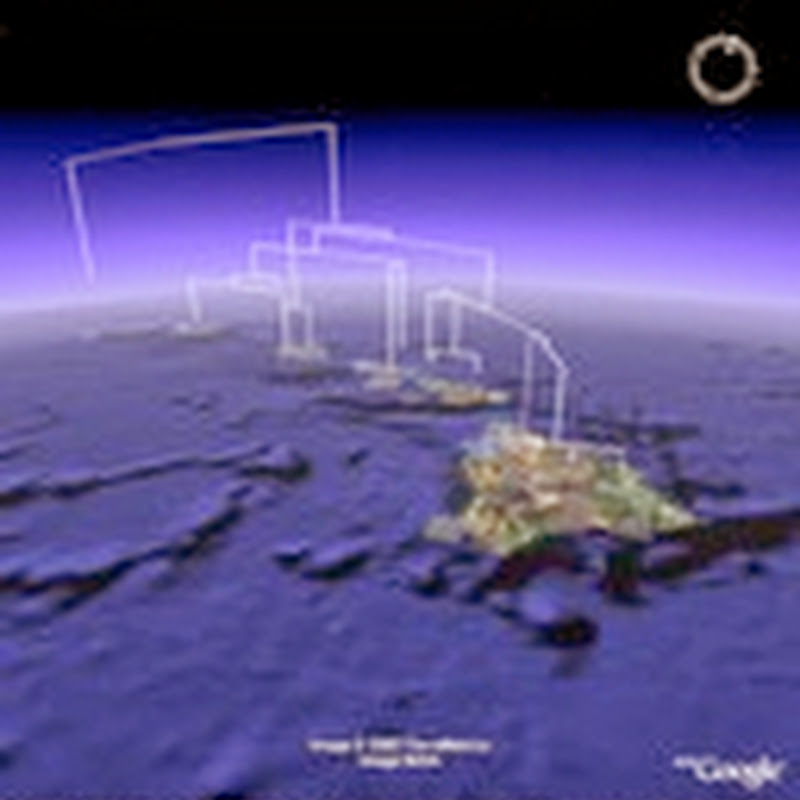So this happened: Zootaxa is a hugely important journal in animal taxonomy: On one hand one could argue that impact factor is a bad way to measure academic impact, so it's tempting to say this simply reflects a poor metric that is controlled by a commercial company using data that is not open.
iPhylo
I'm going to the TDWG Identifier Workshop this weekend, so I thought I'd jot down a few notes. The biodiversity informatics community has been at this for a while, and we still haven't got identifiers sorted out. From my perspective as both a data aggregator (e.g., BioNames) and a data provider (e.g., BioStor) there are four things I think we need to tackle in order to make significant progress.
This is guest post by Angelique Hjarding in response to discussion on this blog about the paper below. Thank you for highlighting our recent publication and for the very interesting comments. We wanted to take the opportunity to address some of the issues brought up in both your review and from reader comments. One of the most important issues that has been raised is the sharing of cleaned and vetted datasets.

Today I managed to publish some data from a GitHub repository directly to GBIF. Within a few minutes (and with Tim Robertson on hand via Skype to debug a few glitches) the data was automatically indexed by GBIF and its maps updated. You can see the data I uploaded here. The data I uploaded came from this paper: This is the data I used to build the geophylogeny for Banza using Google Earth.

Quick thoughts on the recent announcement by figshare and F1000 about the new journals being launched on the F1000 Research site. The articles being published have data sets embedded as figshare widgets in the body of the text, instead of being, say, a static table. For example, the article: has a widget that looks like this: You can interact with this widget to view the data.

In any discussion of data gathering or data cleaning the term "crowdsourcing" inevitably comes up. A example where this approach has been successful is the Encyclopedia of Life's Flickr pool, where Flickr users upload images that are harvested by EOL.